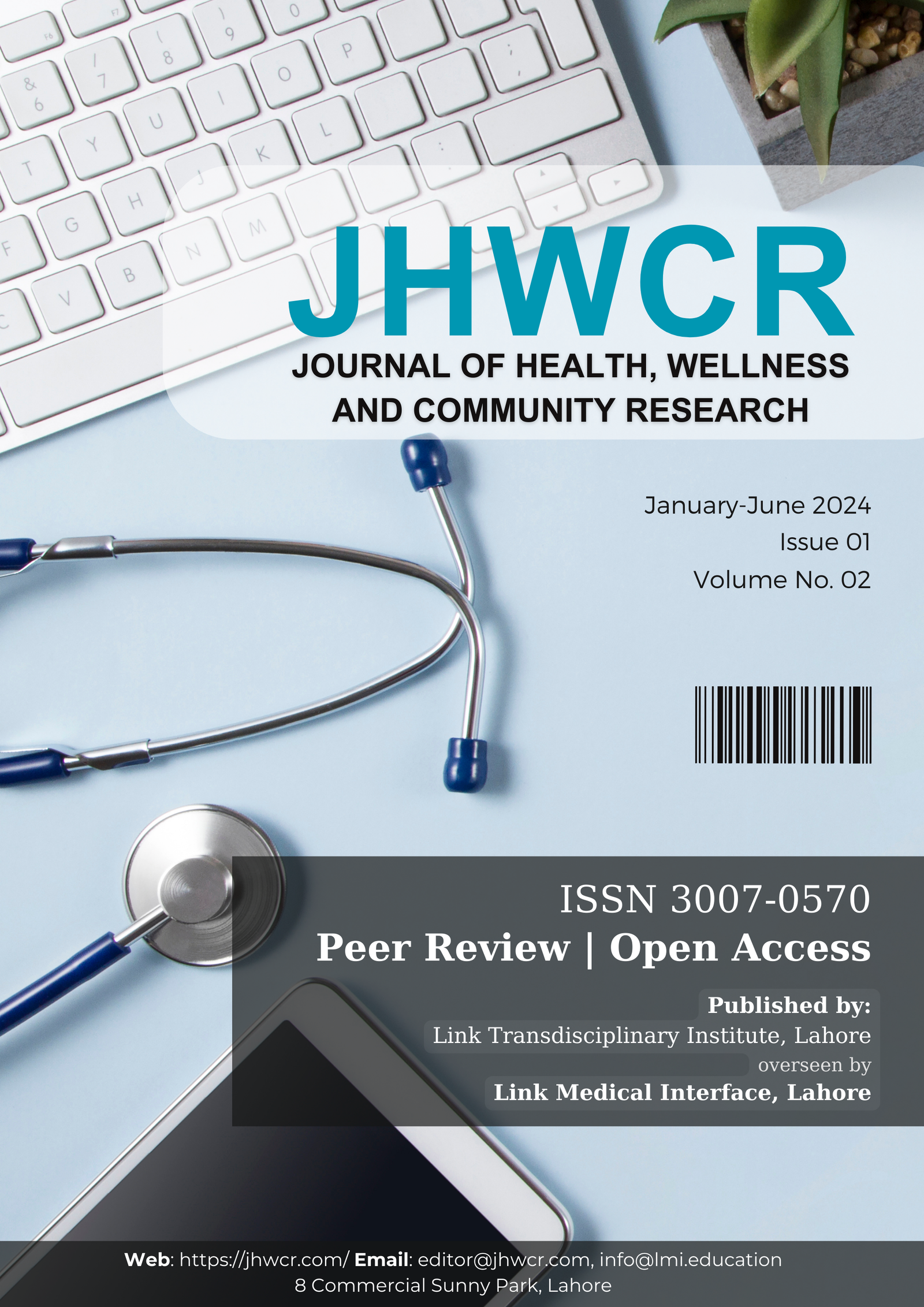Cardiovascular Risk in Chronic Kidney Disease: An Integrative Review of Mechanisms, Markers, and Management
DOI:
https://doi.org/10.61919/7q5z4119Keywords:
Chronic Kidney Disease, Cardiovascular Disease, Proteinuria, Glomerular Filtration Rate, Inflammation, Biomarkers, Risk StratificationAbstract
Background: Cardiovascular disease (CVD) is the leading cause of morbidity and mortality in patients with chronic kidney disease (CKD), with risk amplified by both traditional factors (hypertension, diabetes, dyslipidemia) and CKD-specific mechanisms such as inflammation, oxidative stress, anemia, and mineral bone disorders. Despite advances in management, a significant knowledge gap remains regarding optimal risk stratification and tailored interventions for this high-risk population. Objective: This review aims to systematically identify and classify both traditional and CKD-specific cardiovascular risk factors, elucidate the pathophysiological mechanisms linking CKD to CVD, and evaluate current and emerging therapeutic strategies, with a focus on improving cardiovascular outcomes in CKD patients. Methods: This narrative review synthesized evidence from clinical and experimental studies identified through comprehensive searches of PubMed, Scopus, and Google Scholar up to April 2025. Studies were included if they addressed cardiovascular risk in adult CKD populations, explored underlying mechanisms, or evaluated therapeutic interventions. Data extraction focused on risk factors, biomarkers, and clinical outcomes. Ethical approval was not required for this literature-based review. Where applicable, descriptive statistics and thematic synthesis were used, and findings were summarized using SPSS v28 for any quantitative data. Results: The review found that proteinuria and reduced glomerular filtration rate (GFR) are robust, independent predictors of cardiovascular events, often surpassing traditional risk factors in prognostic value. Fluid overload, frequently underestimated, was prevalent in 30–50% of CKD patients and contributed to increased cardiovascular morbidity. Conventional therapies, including blood pressure and glycemic control and lipid-lowering agents, provide partial risk reduction, but substantial residual risk persists. Emerging biomarkers—such as elevated C-reactive protein, homocysteine, and markers of oxidative stress—show promise for improving risk prediction, although their clinical utility requires further validation. Conclusion: Cardiovascular risk in CKD is multifactorial, with both traditional and disease-specific factors contributing to excess morbidity and mortality. Early detection, individualized risk assessment, and the development of CKD-focused management strategies are essential to improve outcomes. Future research should prioritize the integration of novel biomarkers and targeted therapies to close existing knowledge gaps and enhance cardiovascular care for CKD patients.
Downloads
Published
Issue
Section
License
Copyright (c) 2025 Wajeeha Babar, Faizan Hameed, Azka Mubeen, Sidra Iqbal, Ijaz Ahmad, Muhammad Zeeshan Khan, Zain ul Abiddin, Shahzad Iqbal (Author)

This work is licensed under a Creative Commons Attribution 4.0 International License.


